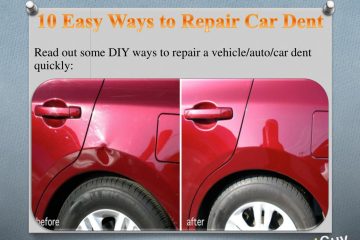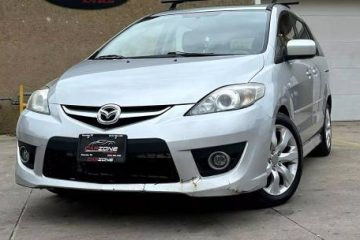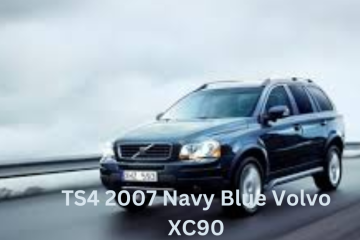There are many things to consider when it comes to automotive repairs and customizations including the materials used for fuel and brake lines. Copper-nickel is one of the most efficient materials on the market, which has advantages over steel or any other metal. Let’s find out more about the benefits of copper nickel brake line and fuel tubing and how to go about it when installing the tubing.
Advantages of Copper Nickel Fuel Line Tubing
Durability and Corrosion Resistance
Copper-nickel fuel line tubing is quite preferred among car enthusiasts because of its high endurance and rust resistance quality. Unlike steel lines that corrode and hence reduce their cross section over time, copper-nickel alloys do not corrode their ability to maintain their strength even in corrosive environments. As a result, they are suitable to be used as brake line tubing and fuel line tubing, particularly for areas that experience extreme weather or have salty terrains.
Flexibility and Ease of Installation
Flexibility is one of the main reasons for using copper-nickel fuel line tubing among metal tubes. It can be bent and shaped without the use of equipment and this makes its installation to be very easy. Copper-nickel is versatile when used in brake line tubing or fuel line tubing; it will perfectly fit and will not easily get damaged when fixed since it is not easily bent.
Superior Safety
Reliability is always a concern when it comes to car repairs, and this is why copper-nickel fuel lines have an additional safety feature. They do not corrode as easily thus they do not leak which is dangerous in fuel systems. Moreover, copper nickel fuel line has a high melting point, and this guarantees the lines’ steadiness in different temperatures, enhancing the car’s performance.
Cost-Effectiveness
While copper-nickel fuel line tubing might have a higher upfront cost compared to steel, its long-term benefits make it a cost-effective choice. The reduced need for replacements and repairs due to corrosion and wear can save you money in the long run, making copper-nickel a wise investment for both professional mechanics and DIY enthusiasts.
Installation Tips for Copper Nickel Fuel Line Tubing
Gathering the Right Tools and Materials
Make sure that you have all the tools and materials you will need in the course of installation before you begin the process. Some of the specialty parts needed are the copper-nickel fuel line tubing, brake line fittings, brake line clips, tubing cutter, flaring tool, and bending tool. Completing preparations for the installation will make the process flow smoothly and not experience hitches.
Cutting and Flaring the Tubing
The cutting and flaring process should be done properly to avoid leaks in the connection. Cut the copper-nickel fuel line tubing to the required size with the help of a good-quality tubing cutter. Make sure the cut you make is clean and straight to prevent any problems when flaring. Subsequently, one has to flare the end of the tubing with the help of a flaring tool to make a double flare. This allows one to establish a firm fit with the brake line fittings to avoid any form of leakage.
Bending the Tubing
The ability to bend copper-nickel fuel line tubing is one of the major benefits of the tubing. A bending tool should be used to bend the tubing to the required angles about the frame of your car. Be patient to make smooth curves so that you do not create sharp corners that can compromise the strength of the fuel line tubing. The correct size of the tubing provides a neat and professional appearance to the installation while at the same time preserving the tube line.
Brake Line Clips Used To Secure Tubing
After the tubing has been cut, flared, and bent the next step would be to fasten the tubing using brake line clips. These clips secure the tubing in position against the frame of the vehicle and do not allow the tubing to vibrate or move as it is normally capable of doing so, thus avoiding wear or damage. Screw them at equal intervals concerning each other on the surface of the tubing for optimal support and stability.
Conclusion
Copper-nickel fuel line tubing offers numerous benefits, including durability, corrosion resistance, flexibility, and enhanced safety. By following the installation tips provided in this blog, you can ensure a successful and long-lasting installation of your brake and fuel lines. Investing in copper-nickel not only enhances the performance and safety of your vehicle but also provides a cost-effective solution in the long run. Whether you’re a professional mechanic or a DIY enthusiast, copper-nickel fuel line tubing is a top choice for your automotive needs.



